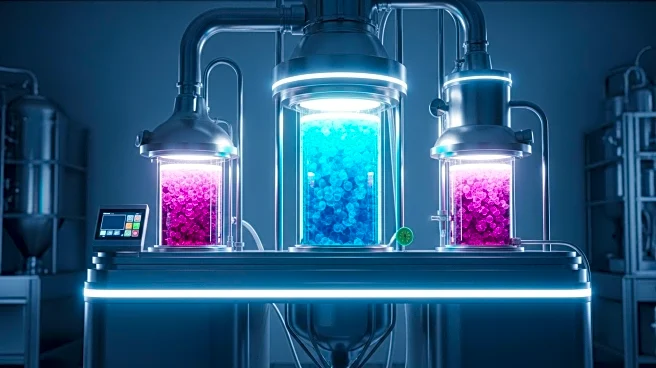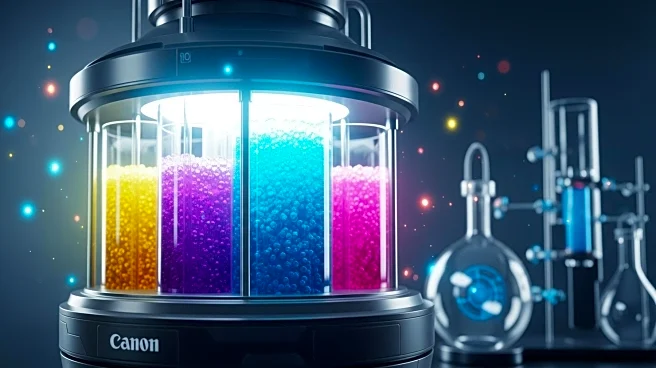What is the story about?
What's Happening?
Utz Brands Inc., a major player in the snack industry, has announced plans to remove artificial colors from its products by the end of 2027. This decision aligns with recent measures by the U.S. Department of Health and Human Services and the Food and Drug Administration to phase out petroleum-based synthetic dyes from the food supply. Utz's initiative is part of a broader industry trend, with several other companies, including PepsiCo and Kraft Heinz, also committing to eliminate artificial colors. Currently, 80% of Utz's product portfolio is free from FD&C colors, and the company plans to highlight its real and simple product attributes on select brand packages.
Why It's Important?
The move by Utz Brands to eliminate artificial colors is significant for the food industry, reflecting growing consumer demand for cleaner and more natural products. This shift is likely to impact product formulations and marketing strategies across the industry, as companies strive to meet regulatory standards and consumer expectations. The removal of synthetic dyes could enhance brand reputation and consumer trust, potentially leading to increased sales and market share. Additionally, this trend may influence public health positively by reducing exposure to potentially harmful additives.
What's Next?
As Utz Brands and other companies work towards eliminating artificial colors, they may face challenges in reformulating products to maintain taste and appearance. The industry will likely see increased investment in research and development to find suitable natural alternatives. Regulatory agencies may continue to push for stricter guidelines on food additives, prompting further changes in product offerings. Companies that successfully adapt to these changes could gain a competitive edge in the market.
Beyond the Headlines
The elimination of artificial colors raises broader questions about food safety and consumer rights. As companies transition to natural ingredients, they must ensure transparency in labeling and marketing practices. This shift may also spark discussions about the environmental impact of food production and the role of regulatory bodies in safeguarding public health.
AI Generated Content
Do you find this article useful?













